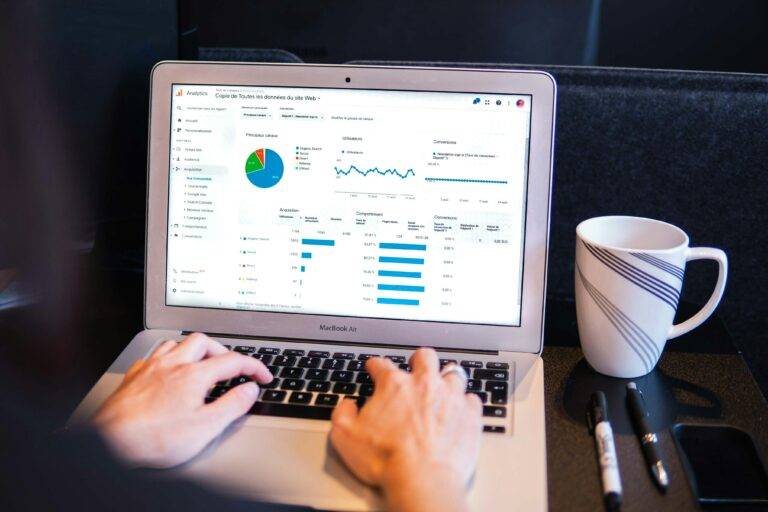The Role of AI in Predicting Pandemic Outbreaks
AI technology has transformed disease surveillance efforts by providing a more efficient and accurate means of monitoring public health trends. Through the analysis of vast amounts of data in real-time, AI systems can detect potential outbreaks and identify patterns that might indicate the spread of infectious diseases. This proactive approach enables healthcare authorities to take timely and targeted actions to control and prevent the escalation of health crises.
Moreover, AI technology allows for the integration of various data sources, such as social media feeds, electronic health records, and environmental data, to create comprehensive surveillance systems. By combining information from multiple sources, AI algorithms can generate valuable insights into the dynamics of disease transmission and help in predicting potential outbreaks. This holistic approach to disease surveillance not only enhances the early detection of threats but also improves the overall response strategies to protect public health.
Historical Data Analysis for Early Detection
Historical data analysis plays a crucial role in the early detection of diseases and pandemics. By examining past outbreaks and patterns, researchers can identify key indicators and trends that may signal the emergence of a new health threat. Analyzing historical data allows for a deeper understanding of how diseases spread, mutate, and evolve over time, providing valuable insights for preemptive measures.
Through the use of advanced analytical techniques, historical data can be leveraged to develop predictive models that aid in forecasting potential disease outbreaks. By studying the progression of past pandemics and epidemics, researchers can better anticipate hotspots, transmission patterns, and vulnerable populations. This proactive approach enables public health authorities to implement targeted interventions and prepare resources in advance, ultimately mitigating the impact of emerging health crises.
Machine Learning Algorithms for Pandemic Prediction
Machine learning algorithms have emerged as a powerful tool in predicting and monitoring pandemics. These algorithms can sift through vast amounts of data to identify patterns and potential outbreaks, allowing for timely intervention and control measures. By analyzing various factors such as population density, travel patterns, and reported cases, machine learning models can provide valuable insights into the spread of infectious diseases.
The ability of machine learning algorithms to adapt and learn from new data in real-time makes them particularly effective in predicting the trajectory of a pandemic. By continuously updating and refining their predictions based on incoming information, these algorithms can help public health officials make informed decisions and allocate resources efficiently. Additionally, the integration of AI technology with traditional epidemiological methods has the potential to significantly improve our ability to respond to future pandemics.
What role does AI technology play in disease surveillance?
AI technology helps in disease surveillance by analyzing vast amounts of data to detect patterns and trends that can indicate the outbreak of a disease.
How can historical data analysis contribute to early detection of pandemics?
Historical data analysis helps in identifying patterns and trends from past outbreaks, which can be used to predict and detect potential pandemics early on.
What are some machine learning algorithms used for pandemic prediction?
Some machine learning algorithms used for pandemic prediction include logistic regression, random forest, support vector machines, and neural networks. These algorithms can analyze data to make accurate predictions about the spread of diseases.






